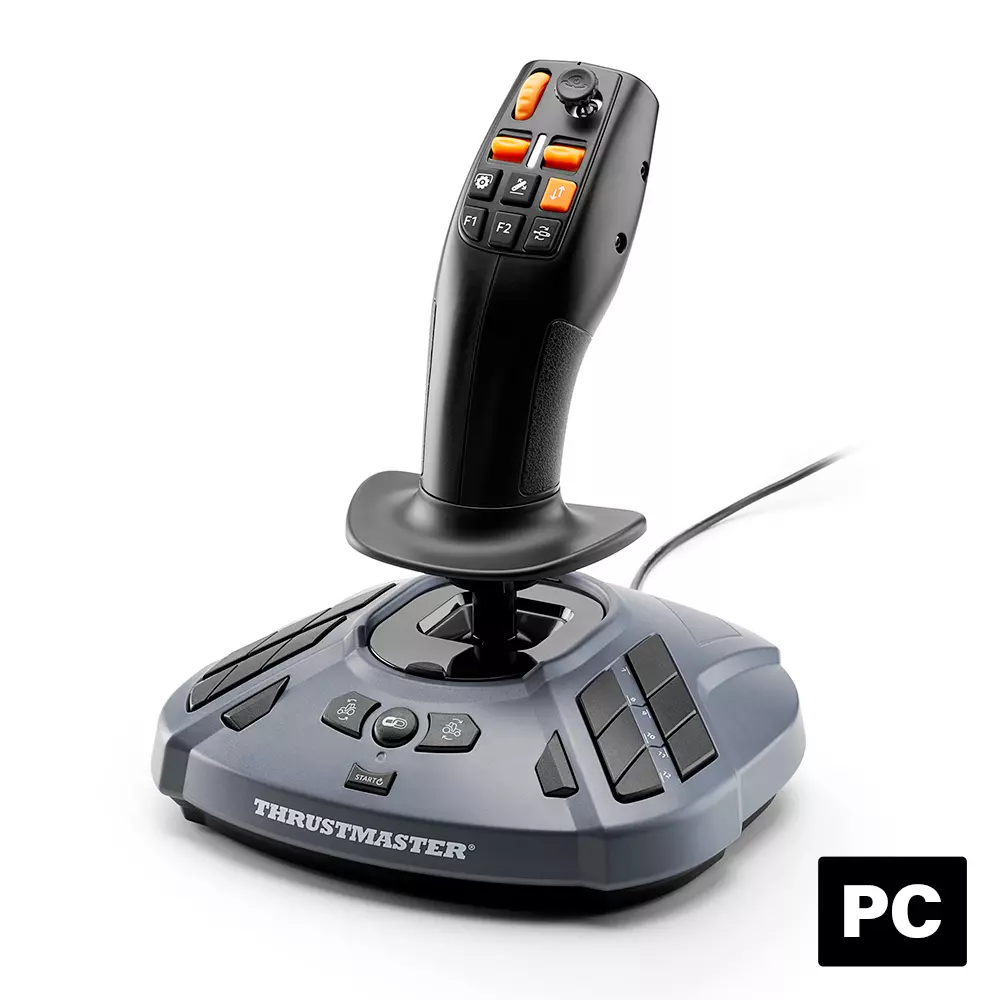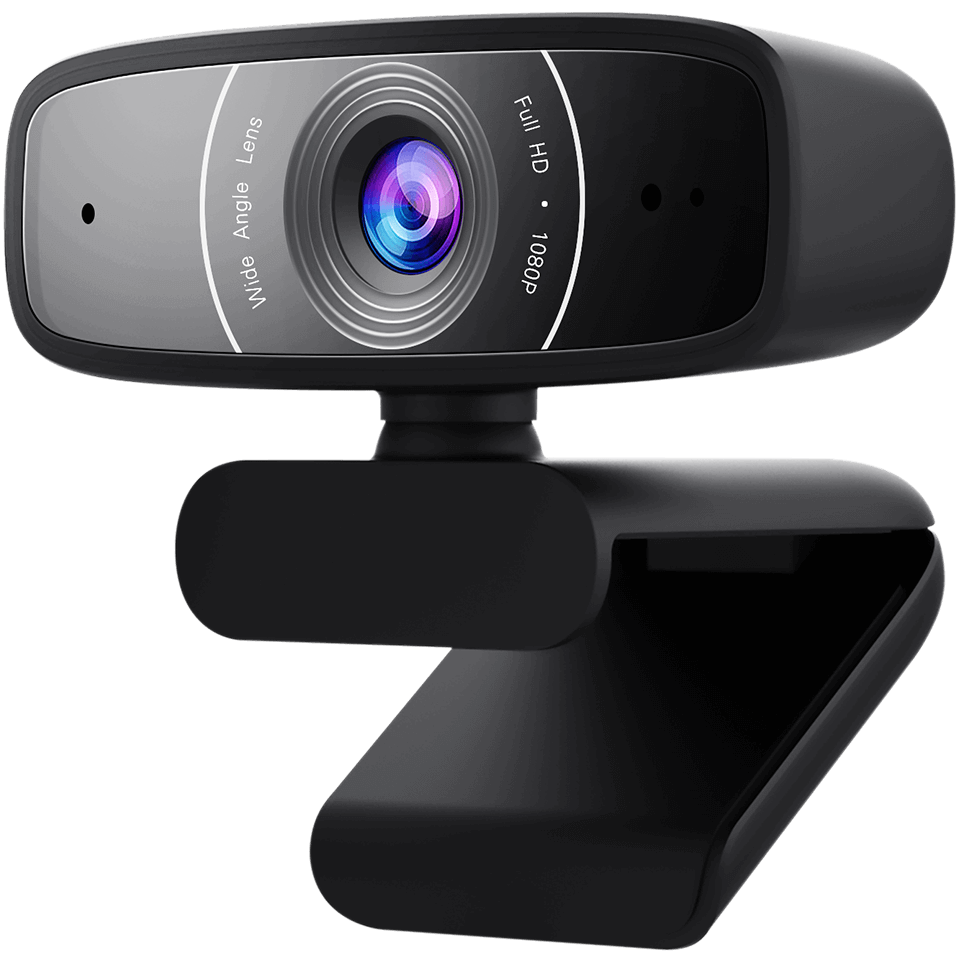Building My Own Computer – Input Peripherals
Introduction
When creating my own computer, I realized that the input peripherals are just as important as the internal components like the CPU or GPU. These devices allow us to communicate with the computer, control applications, and interact with the digital world.
Input peripherals include devices such as the keyboard, mouse, scanner, microphone, camera, and joystick. Each plays a unique role in how we send data and commands into the computer system.
In this post, I’ll explain the main input peripherals I selected for my custom PC build and why each one is essential.
1. The Keyboard
The keyboard is one of the most fundamental input devices. It allows the user to enter text, commands, and shortcuts.
→Types of keyboards:
- Mechanical Keyboards: Use physical switches for each key. They are durable and provide a satisfying click sound.
- Membrane Keyboards: Quieter and cheaper, but less tactile.
- Ergonomic Keyboards: Designed to reduce wrist strain.
- Wireless Keyboards: Offer more flexibility and mobility.
For my setup, I chose a mechanical RGB keyboard with customizable backlighting and programmable keys. It’s perfect for typing, coding, and gaming.
2. The Mouse
The mouse allows users to control the cursor and interact with graphical elements on the screen. It converts hand movements into pointer movements.
→Main types of mice:
- Optical Mouse: Uses LED light to detect movement.
- Laser Mouse: Offers more precision and can work on various surfaces.
- Wireless Mouse: Connects via Bluetooth or USB receiver.
- Gaming Mouse: Includes customizable DPI, extra buttons, and ergonomic shapes.
For my computer, I picked a wireless gaming mouse with a high DPI sensor and programmable side buttons — great for both work and games.
3. The Scanner
The scanner is an input device that captures images or text from physical documents and converts them into digital format. Scanners are commonly used in offices, schools, and for personal use when digitizing papers or photos.
→Types of scanners:
- Flatbed Scanners: Used for documents and photographs.
- Sheet-fed Scanners: Designed for scanning multiple pages quickly.
- Handheld Scanners: Portable and ideal for quick scans.
- 3D Scanners: Capture the shape of physical objects for modeling and 3D printing.
I plan to use a flatbed scanner to digitize sketches and notes for my computer design projects.
4. The Joystick
A joystick is a control device that allows users to navigate and control games or simulations. It typically consists of a stick that pivots on a base and sends direction or angle signals to the computer.
→Uses:
- Flight simulators
- Racing games
- Robotics and drone control
- 3D design applications
I included a USB joystick in my setup for flight and driving simulation games — it makes the experience much more immersive.
5. The Microphone
The microphone captures sound waves and converts them into digital signals for the computer. It’s a crucial input device for communication, content creation, and voice recognition.
→Types of microphones:
- Dynamic Microphones: Durable and great for live use.
- Condenser Microphones: Sensitive and ideal for recording studios.
- USB Microphones: Plug-and-play, perfect for podcasts or streaming.
- Wireless Microphones: Provide freedom of movement.
For my setup, I use a USB condenser microphone for recording podcasts and video calls — crystal clear and easy to use.
6. The Camera
The camera, or webcam, captures images and videos that can be transmitted to the computer. It’s widely used for:
- Video conferencing
- Streaming
- Facial recognition
- Photography and content creation
→Types of cameras:
- Built-in Cameras: Found in laptops and all-in-one computers.
- External Webcams: Connect via USB and usually have higher quality and features like autofocus and HD/4K resolution.
I chose a 1080p HD webcam with a built-in microphone for video calls and streaming.
Conclusion
Input peripherals are the gateway between us and the digital world. Each device — whether a keyboard, mouse, or camera — transforms our actions into data the computer can understand.
By carefully selecting the right peripherals, we can:
- Improve efficiency
- Enhance comfort and accessibility
- Personalize our user experience
For my custom computer, combining these devices created a system that’s powerful, functional, and perfectly suited to my daily tasks — from gaming and studying to creative projects.
👉Click here to return to the main page of this blog: GENERAL PAGE


)



No comments:
Post a Comment